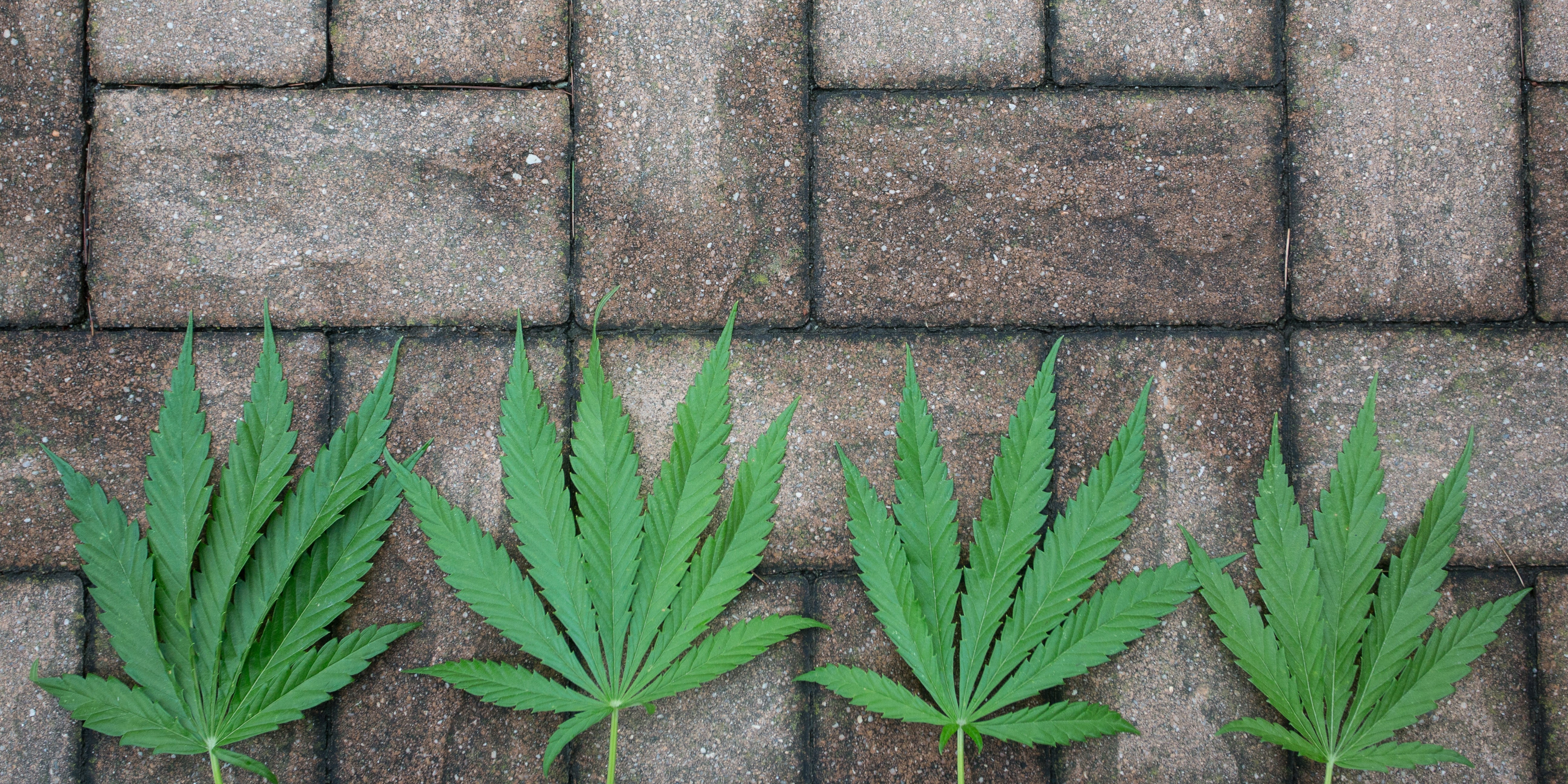Hempcrete 101: An Introduction to the Eco-Friendly Building Material
The Green Revolution: Understanding the Sustainability of Hempcrete
Hempcrete is fast gaining popularity in the sustainable building materials sector. Made primarily from hemp hurds—the woody inner part of the hemp plant—and lime, this natural building material offers several unique advantages over conventional alternatives. It's renewable, carbon-negative, and has excellent thermal and humidity regulation properties, making it an ideal choice for eco-conscious builders.
Hempcrete's sustainability is rooted in the nature of the hemp plant itself. Hemp is a fast-growing crop that can be harvested annually, unlike traditional timber, which can take decades to mature. Moreover, hemp absorbs large quantities of carbon dioxide (CO2) as it grows. Even after the crop is harvested and processed into hempcrete, the material continues to sequester CO2 throughout its lifespan, acting as a long-term carbon storage system.
The environmental benefits of hempcrete extend beyond its carbon-sequestering capabilities. The production process of hempcrete is less energy-intensive compared to traditional building materials like concrete or steel. This low-energy production, coupled with hempcrete's ability to recycle itself at the end of its life cycle—into fertiliser, for example—bolsters its eco-friendly credentials.
However, despite these promising qualities, the widespread adoption of hempcrete faces challenges. The material's relative novelty, lack of industry standards, and current regulations around hemp cultivation are potential stumbling blocks. As the green revolution surges, these hurdles will need to be addressed to unlock hempcrete's full potential.
Building with Nature: Exploring the Origins of Hempcrete
Hempcrete's roots can be traced back to the long-standing human tradition of building with natural materials. Its key component, hemp, has been used for thousands of years for textiles, paper, and rope. However, the idea of combining hemp with lime to create a building material is relatively new, having emerged in France in the mid-1980s.
The creation of hempcrete involves combining water, lime binder, and hemp hurds. The result is a light, concrete-like substance that can be poured into frames or molded into blocks for building construction. The lime acts as a binder, encasing the hemp particles and hardening over time to create a sturdy, insulating wall.
The rediscovery of hemp as a robust and eco-friendly building material has stirred a renewed interest in traditional construction techniques. Hempcrete harks back to an age when buildings were made from locally sourced, biodegradable materials. It serves as a bridge between past and future, combining ancient wisdom with modern sustainable construction needs.
However, it's essential to remember that the use of hempcrete also presents some challenges. For instance, it cannot be used as a direct replacement for concrete in load-bearing structures due to its lower compressive strength. Instead, it's typically used in conjunction with other structural materials.
Hempcrete vs. Traditional Building Materials: A Comparative Analysis
Compared to conventional building materials, hempcrete brings unique properties to the table. It's lighter than concrete, which reduces transportation energy and costs. It's also breathable, contributing to improved indoor air quality and reducing the need for synthetic ventilation systems. Furthermore, its thermal properties result in energy-efficient buildings, leading to lower heating and cooling costs.
However, the comparison is not solely in favor of hempcrete. Traditional building materials such as concrete, for instance, have a higher structural strength. This allows them to bear heavy loads and be used in a broader range of applications than hempcrete, which is generally used for non-load-bearing walls or as insulation.
Cost is another crucial factor. Although hempcrete's raw materials are inexpensive, other costs related to its usage can add up. These include the higher labor costs due to the specialised skills required for hempcrete construction, and the price of the lime binder, which can be significant. In comparison, conventional materials are well-established in the market, with readily available supplies and skilled labor.
The final verdict depends on the project requirements, budget constraints, and environmental impact considerations. While hempcrete may not replace traditional building materials in all contexts, it offers an appealing alternative for sustainable construction.
The Science Behind Hempcrete: How Hemp and Lime Create a Powerful Combination
The effectiveness of hempcrete comes from the symbiosis between hemp and lime. The lignin in the hemp hurds binds with the lime to create a lightweight, durable material. As lime is a strong alkali, it petrifies the hemp, protecting it from rot and pests, and enhancing its longevity.
Hemp's natural cellular structure is another key to hempcrete's thermal properties. The air trapped within the hemp hurds acts as an insulator, moderating indoor temperatures. Moreover, hempcrete walls can absorb and release moisture, improving humidity regulation and preventing the buildup of condensation and mold.
Nonetheless, this process isn't without its challenges. The precise ratios of hemp, lime, and water are critical to achieving a high-quality product. Moreover, the lime curing process can take several weeks to months, potentially delaying construction. Research is ongoing to address these issues and optimise hempcrete's production and performance.
Advantages of Hempcrete: Energy Efficiency and Thermal Performance
One of the most significant advantages of hempcrete is its thermal properties. The cellular structure of hemp traps air, creating an excellent thermal barrier that can keep buildings warm in the winter and cool in the summer. This energy efficiency can lead to substantial savings on heating and cooling costs over a building's lifetime.
Moreover, hempcrete's thermal mass helps maintain consistent indoor temperatures, reducing the demand for artificial heating and cooling systems. Its unique combination of thermal insulation and thermal inertia leads to energy-efficient buildings that enhance occupant comfort and reduce greenhouse gas emissions.
However, it's worth noting that hempcrete's thermal performance depends on its thickness. The thicker the hempcrete wall, the better its insulating properties. Therefore, achieving optimum energy efficiency might require thicker walls than those typically used in conventional construction, potentially affecting the building's total floor area.
Design Freedom: Harnessing the Versatility of Hempcrete in Architecture
The versatility of hempcrete is another advantage. As a light and workable material, it can be poured into various molds to create unique architectural designs and features. This flexibility, coupled with its natural, tactile finish, opens a wealth of creative possibilities for architects and builders.
Hempcrete can also be mixed with other natural materials like clay and straw, enabling a broad palette of textures, colours, and finishes. This versatility gives architects the freedom to experiment with aesthetics while prioritising sustainability.
However, there are certain design limitations. For instance, hempcrete's lower structural strength compared to conventional materials means it must be used in conjunction with a load-bearing framework. Moreover, due to its curing process, building with hempcrete might take longer than with traditional materials.
A Breathable Home: How Hempcrete Enhances Indoor Air Quality
One lesser-known benefit of hempcrete is its ability to enhance indoor air quality. Hempcrete walls are breathable, meaning they can absorb and release moisture, preventing the buildup of mold and improving overall air quality. This is especially beneficial in regions with high humidity levels.
Hempcrete's alkaline nature also deters pests, reducing the need for harmful pesticides and contributing to healthier indoor environments. Furthermore, hempcrete doesn't off-gas volatile organic compounds (VOCs), unlike many traditional building materials, enhancing indoor air quality even further.
Despite these advantages, there may be issues when pairing hempcrete with non-breathable materials, as it could inhibit hempcrete's moisture regulation capabilities. Thus, when designing a hempcrete building, careful consideration must be given to the compatibility of all construction materials used.
Durability and Longevity: Why Hempcrete is a Wise Investment
Hempcrete's durability and longevity make it a wise investment for those seeking long-term value. Once the lime binder has fully petrified, hempcrete becomes a hard, stone-like material. It is resistant to rot, pests, and even fire, ensuring a long lifespan for hempcrete structures.
Moreover, hempcrete buildings require minimal maintenance, reducing the ongoing costs associated with building upkeep. Unlike conventional materials, which may deteriorate with time, hempcrete's performance can actually improve with age as the lime binder continues to petrify, enhancing the material's durability.
Despite these benefits, the upfront cost of building with hempcrete can be higher than traditional materials due to factors such as labor costs and the price of the lime binder. Therefore, the economic feasibility of hempcrete must be considered in the context of long-term savings and lifecycle costs.
Renewable and Carbon Negative: Hempcrete's Positive Environmental Impact
One of the most compelling arguments for hempcrete is its environmental profile. As a renewable and carbon-negative material, it actively contributes to the fight against climate change. As hemp grows, it absorbs CO2, which is then locked within the hempcrete for the lifespan of the building. Some estimates suggest that a typical hempcrete home can sequester more carbon than it emits during construction, making it a truly sustainable building solution.
However, it's crucial to consider the full lifecycle of the material. Although hemp itself is renewable, the lime binder is resource-intensive to produce. Efforts to mitigate these impacts through the use of low-impact lime sources or alternatives are crucial for maximising hempcrete's environmental benefits.
Challenges and Future Prospects: Navigating the Path to Widespread Hempcrete Adoption
Despite its many advantages, hempcrete is not without challenges. Its relative novelty means there's a lack of standardisation and understanding within the construction industry. Additionally, legal restrictions on hemp cultivation in some regions hinder the material's accessibility and affordability.
However, as the demand for sustainable building materials grows, so does the potential for hempcrete. Ongoing research and development are paving the way for improvements in hempcrete technology, such as the use of bio-based binders and optimised production processes.
The future of hempcrete depends on a range of factors including policy changes, market acceptance, and continued research and development. As these factors evolve, hempcrete could become a key player in the sustainable building materials market, contributing to a greener and more sustainable built environment.
Summary
Sustainability of Hempcrete:
- Made from hemp and lime, hempcrete is renewable and carbon-negative.
- Produces less energy than conventional materials and sequesters CO2.
Challenges in Adoption:
- Faces hurdles like novelty, lack of standards, and hemp regulations.
Origins and Composition:
- Hempcrete dates back to the 1980s in France, not for load-bearing use.
Comparison with Traditional Materials:
- Lighter and improves air quality but has less structural strength.
- Higher costs due to labor and materials.
Scientific Basis:
- Hemp and lime bind to create a durable, insulating material.
- Quality depends on precise ratios and curing time.
Energy Efficiency:
- Offers significant heating and cooling savings, thickness affects performance.
Design Versatility:
- Allows creative designs, requires load-bearing framework.
Indoor Air Quality:
- Regulates moisture, prevents mold, and emits no VOCs.
Durability and Investment:
- Long-lasting and low-maintenance but with higher initial costs.
Environmental Impact:
- Carbon-negative with a positive impact, but lime production is resource-intensive.
Future Prospects:
- Increasing demand but needs standardisation and legal support for wider adoption.



Leave a comment